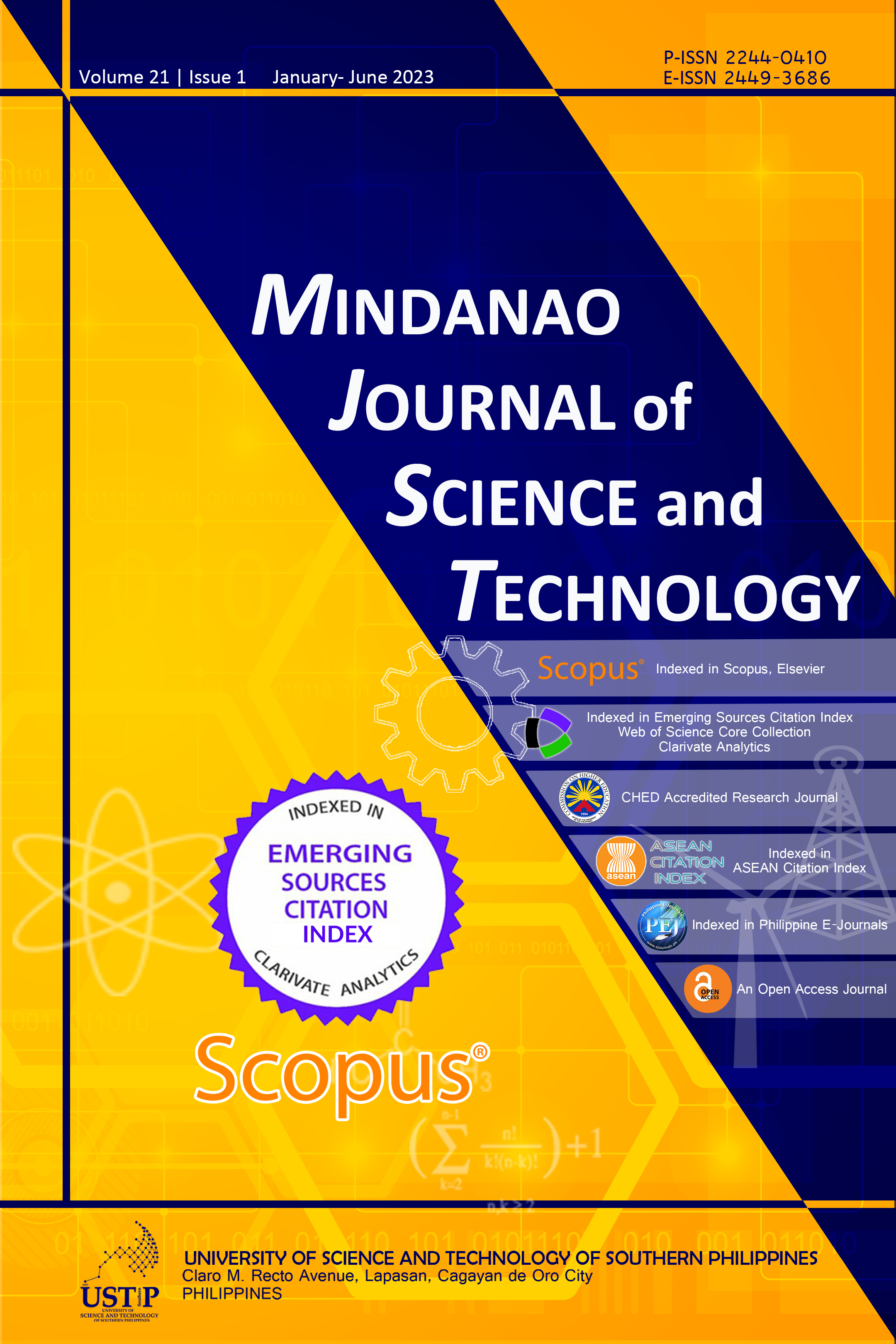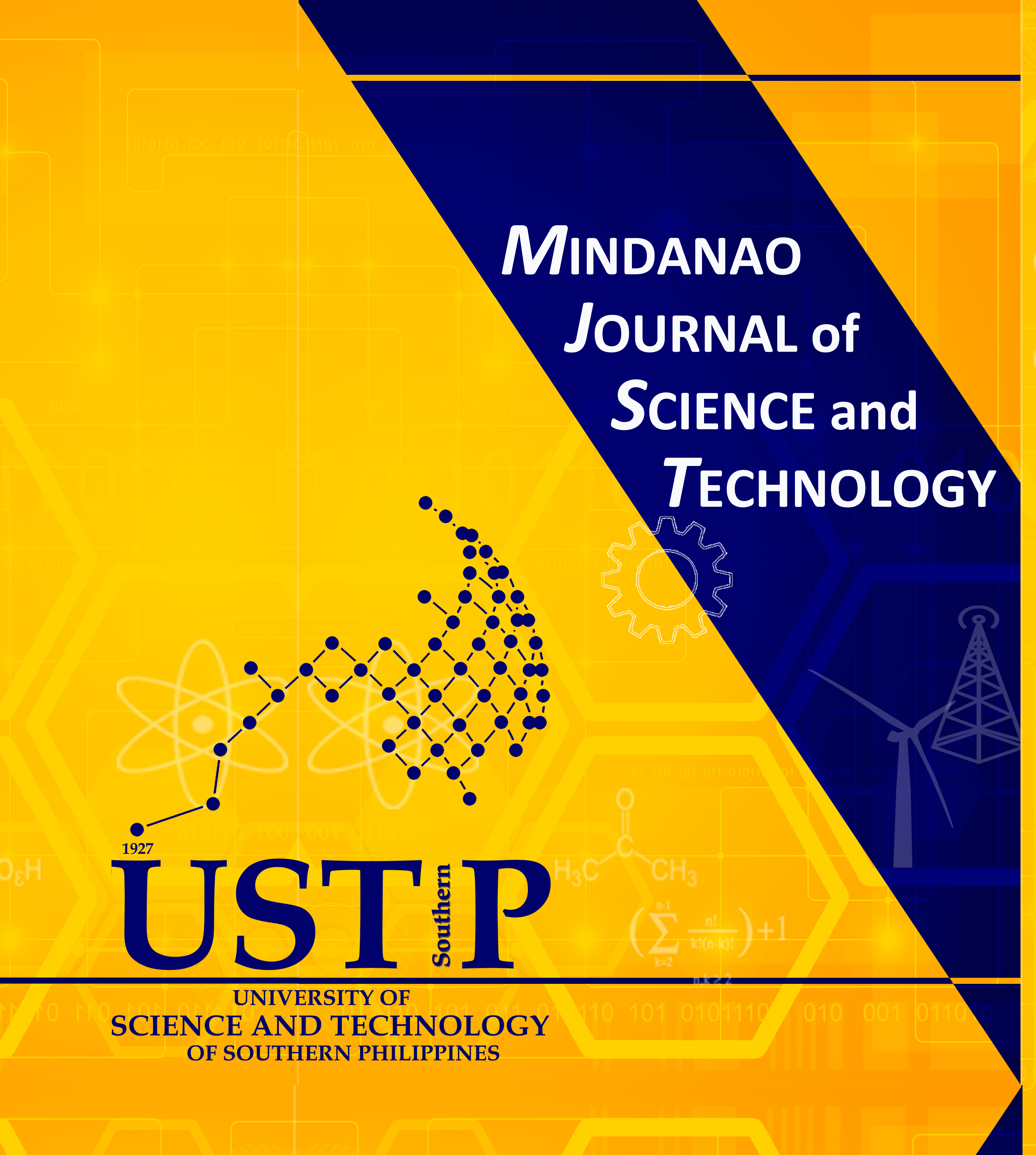Fragmentation Analysis of Capisaan Surface Karst Landscape through Changes in Land Use and Land Cover using FRAGSTATS
Keywords:
biodiversity, fragmentation, geographic information system, land cover, land useAbstract
Changes in land cover mainly brought by humans could alter how landscapes function, which has an impact on the variety and health of the local biota. This study examined the fragmentation shifts of the Capisaan Cave System surface landscape by looking at changes in land use and land cover using Landsat images, ArcGIS and Google Earth imageries to generate classified land covers for the years 2001, 2005, 2010, 2016 and 2019. Fragmentation was analyzed through FRAGSTATS with forest; shrubland and orchard (SO); and agriculture and clearing (AC) as class types. Results showed that the most significant change in the landscape was in the year 2010 with AC significantly increasing its area and aggregation causing other class types to exhibit more fragmentation. Forest and SO covers displayed huge losses indicated by decreased class area and average size of patches accompanied by a more subdivided landscape shown by their increased number of patches. Although forest and SO slightly recovered in the class area in 2016, values were far from recovering to 2001 values. FRAGSTATS data suggest lowering biodiversity values and paying importance to reserve size in the maintenance of species diversity. The edge effect as a result of class and landscape fragmentation in forest vegetation might have been reduced at the landscape level as indicated by the reduced fractal dimension, as well as sustaining patch cohesion and increased clumpiness. However, abatement of edge effect could be easily limited and reversed if the reduction of the total area of forest available in the landscape continues.










